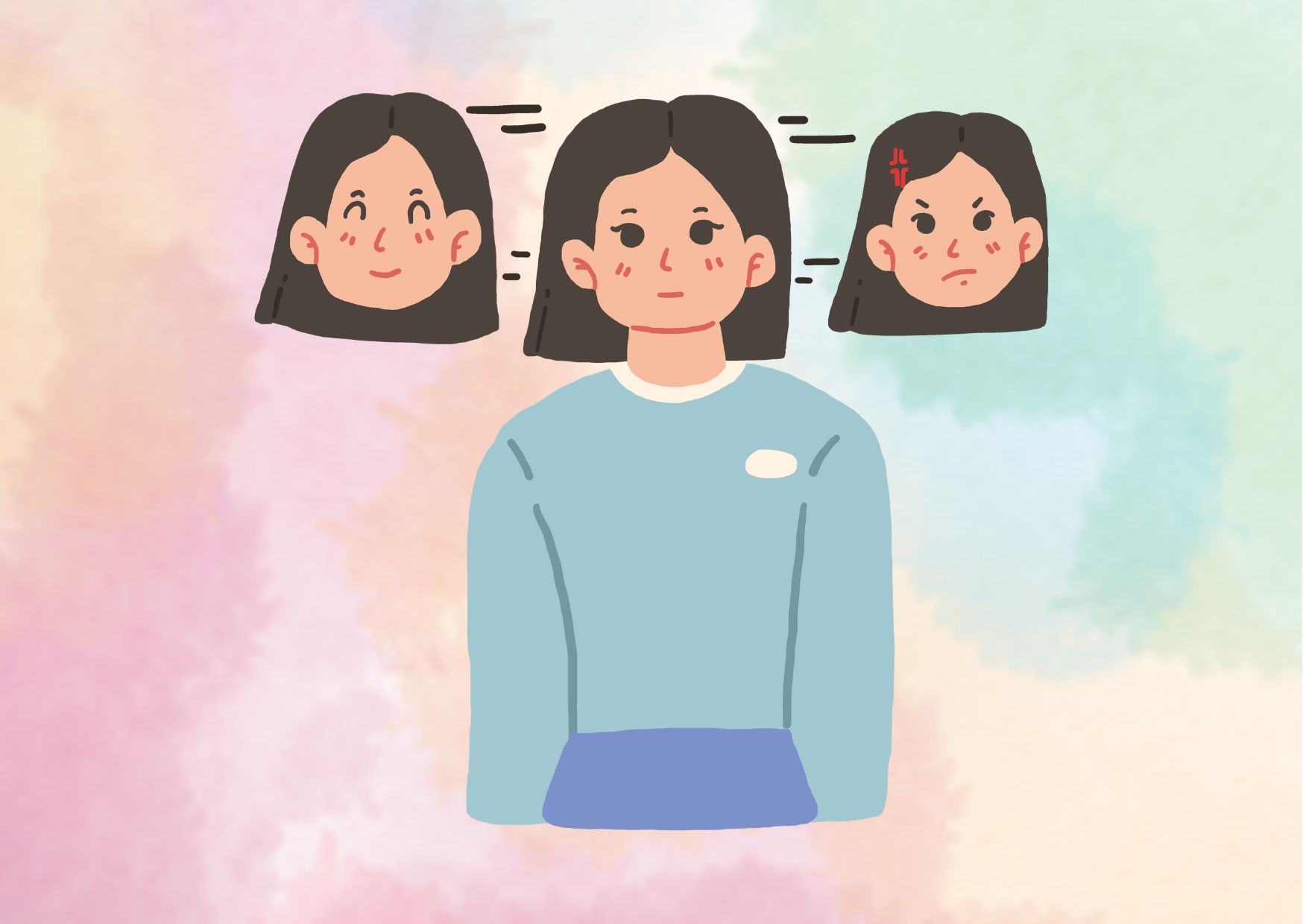A Deep Dive into Dissociative Identity Disorder
Have you ever driven home and realized you don’t remember parts of the journey? This common experience offers a glimpse into dissociation, a complex psychological phenomenon that exists on a spectrum from everyday occurrences to more severe manifestations like Dissociative Identity Disorder (DID).
Dissociation represents a disconnection between thoughts, memories, feelings, actions, or sense of identity. While mild dissociative experiences are normal, severe forms can significantly impact daily functioning and mental health. Recent advances in neuroscience and psychological research have transformed our understanding of dissociative disorders, particularly DID.
This article examines the neuroscience behind dissociation, explores modern perspectives on DID, discusses diagnostic breakthroughs, and investigates emerging treatment approaches. We will also look at future research directions that promise to enhance our understanding and treatment of this complex condition.
The Neuroscience of Dissociative Identity Disorder
Recent advances in neuroimaging have revealed fascinating insights into how dissociation manifests in the brain. These discoveries are transforming our understanding of the neurobiological basis of Dissociative Identity Disorder (DID).
Brain Structure Changes in Dissociative Identity Disorder
Research has identified significant structural alterations in key brain regions of Dissociative Identity Disorder patients. The hippocampus, crucial for memory formation, shows approximately 19% reduction in volume compared to healthy individuals. Even more striking is the amygdala, showing a 31.6% decrease in volume. These changes appear to be more pronounced than those observed in other trauma-related disorders.
| Brain Region | Volume Reduction | Primary Function |
| Hippocampus | 19.2% | Memory Formation |
| Amygdala | 31.6% | Emotional Processing |
Neural Networks and Identity Formation
The neural basis of identity switching in DID involves complex interactions between multiple brain networks. Fronto-limbic systems show distinct activation patterns during different identity states. The default mode network (DMN), particularly the dorsomedial prefrontal cortex, demonstrates heightened activation during resting states, suggesting increased self-focused attention.
Memory Systems and Dissociation
Memory disruption in DID affects multiple systems, with varying patterns of preservation and impairment:
- Explicit Memory: Shows significant disruption, particularly in autobiographical recall
- Implicit Memory: Often preserved across different identity states
- Procedural Memory: Generally maintained, though access may vary between states
The caudate nucleus plays a crucial role in identity state switching and maintenance, while the insula shows metabolic changes during traumatic memory recall. These findings provide compelling evidence for the neurobiological basis of dissociative symptoms and help explain the compartmentalization of memories and experiences observed in Dissociative Identity Disorder patients.
The thalamus demonstrates increased activation in certain identity states, suggesting its role in filtering and processing sensory information differently across various personality states. This may explain why different identity states can have distinct perceptions and reactions to the same environmental stimuli.
Modern Understanding of Dissociative Identity Disorder
The understanding of Dissociative Identity Disorder has undergone significant transformation in recent decades, moving beyond singular explanatory models toward a more comprehensive framework that integrates multiple perspectives.
Beyond the Trauma Model
While trauma remains a crucial factor in DID development, contemporary research reveals a more nuanced picture. The traditional trauma model, while valuable, has expanded to include broader biopsychosocial factors. Studies indicate that approximately 99% of individuals with Dissociative Identity Disorder have histories of recurring, overwhelming experiences during critical developmental stages, typically before age 6. However, modern understanding encompasses not just overt trauma but also persistent emotional neglect and unpredictable caregiving environments.
Integrating Multiple Theoretical Frameworks
Current approaches to DID embrace an integrative perspective that combines multiple theoretical orientations:
| Framework | Key Focus | Clinical Application |
| Biomedical | Brain structure & function | Neurobiological interventions |
| Psychological | Cognitive & emotional processes | Psychotherapy approaches |
| Social | Environmental influences | Support systems & context |
This integration occurs across all research phases: theory development, study design, data collection, and analysis. The approach acknowledges that no single theoretical model adequately explains the complexity of Dissociative Identity Disorder.
Current Research Directions
Modern research in DID focuses on several key areas:
- Neurobiological Studies: Investigation of brain activation patterns during identity switching and memory processing
- Treatment Efficacy: Evaluation of integrated therapeutic approaches combining multiple modalities
- Early Detection: Development of improved diagnostic tools and biomarkers
- Prevention: Understanding protective factors and resilience mechanisms
Recent findings suggest that Dissociative Identity Disorder affects approximately 1% of the general population, with women being more frequently diagnosed. This prevalence rate, higher than previously thought, has prompted increased attention to early intervention strategies and comprehensive treatment approaches.

